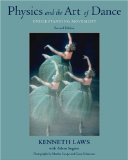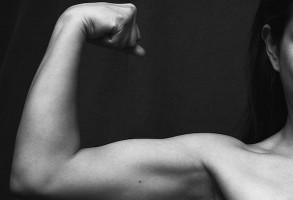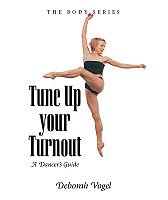Dance teachers commonly use two types of corrections in class that cause confusion for their dance students. Learn how to rephrase and reframe these corrections to be more clear and accurate.
understanding the body
The Surprising Connection Between Physics and Ballet
Now widely accepted and taught in university dance programs, at first Kenneth Laws’ writings connecting physics and the art of dance were accused of “reducing ballet to a science.” Learn more about Laws, his late start in dance, and his books in this introductory post on his pioneering work in the dance field.
Giving Thanks Giveaway: The Body Series
Deborah Vogel of The Body Series would like to give away the Essential Anatomy Multimedia Course to ONE lucky Dance Advantage reader. Place a comment at this post, answering the question: What is the dance correction, statement, or “teacher-ism” you would most like explained anatomically?
Why And How To Teach Anatomy Concepts To Children
Since dance is the art of motion, in order to become a proficient dancer one must understand how the body moves from the inside; how the muscles and bones work to leap, turn, kick, stretch and fold. A pretty sophisticated idea for a young dancer. Since learning is a layered experience, introducing the concepts of anatomy now will allow them to build upon this foundation in the future.
Everything You Ever Wanted To Know About Turnout – How to Nurture Your Turnout
Too much tension in the musculature around the hip joint is often responsible for limiting the degree of turnout. Therefore, releasing that tension is key if you’d like to improve outward (and inward) rotation. Tight inward rotators inhibit outward rotation and visa versa. Dancers have varying methods which they use to accomplish release in the hips. Some use passive and lengthening stretches and others utilize props like balls to facilitate an opening within the joint.






